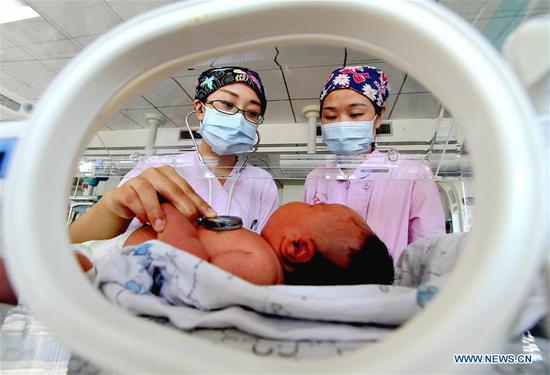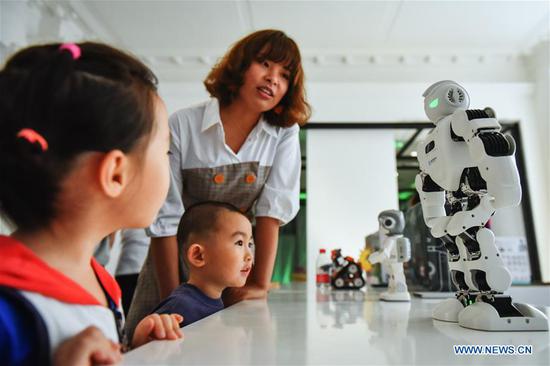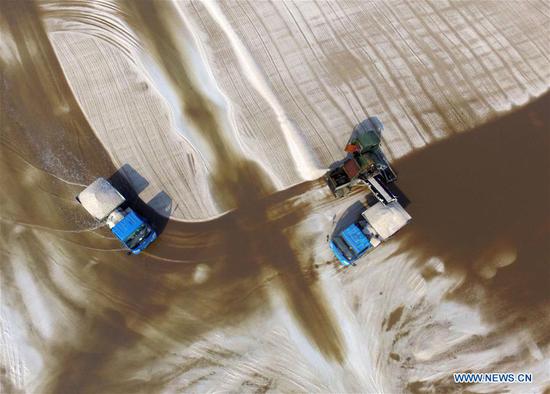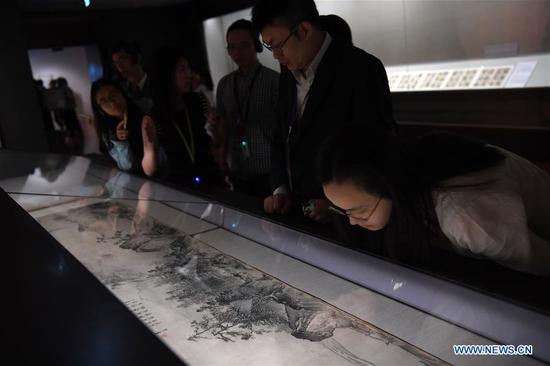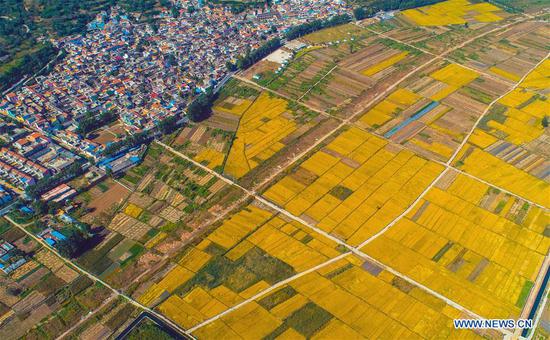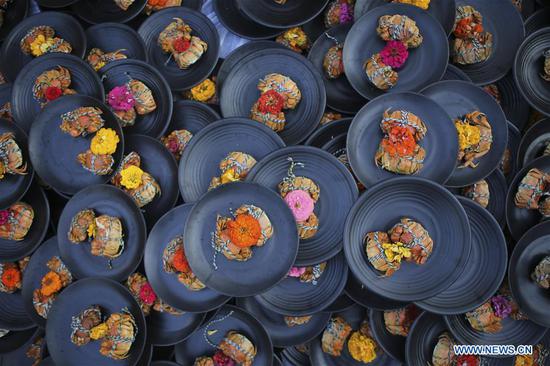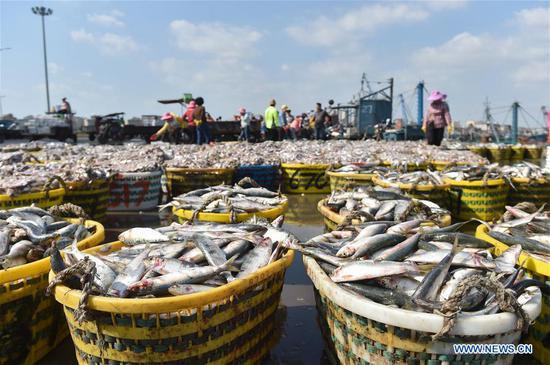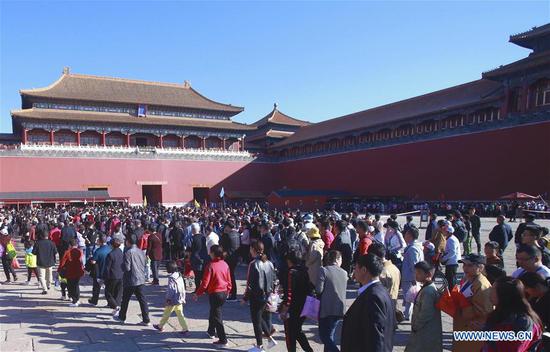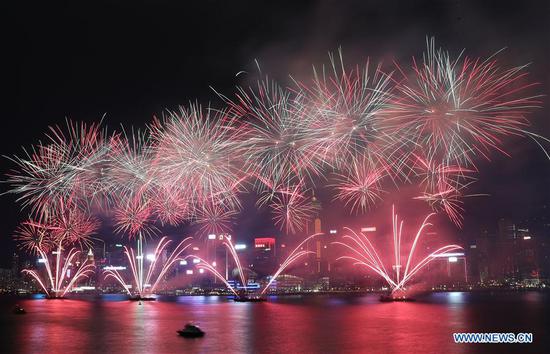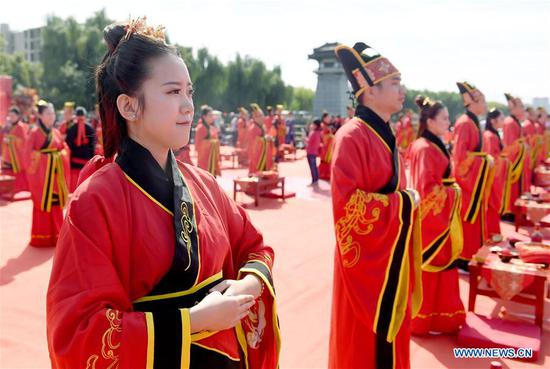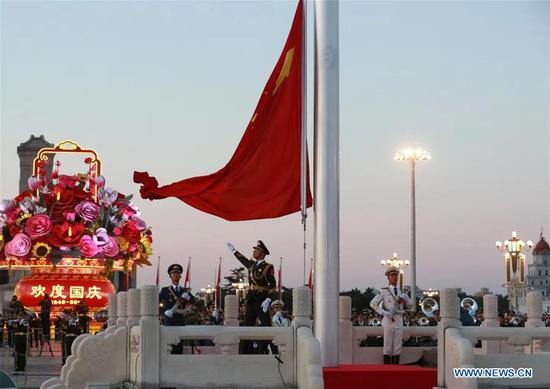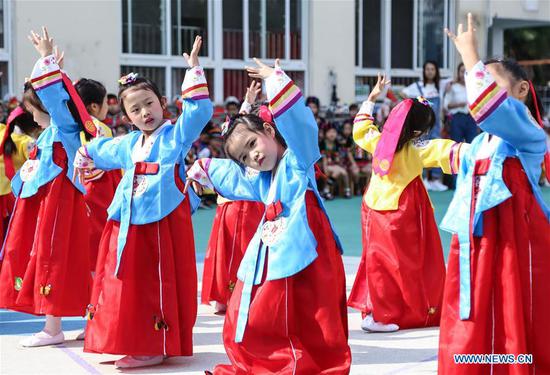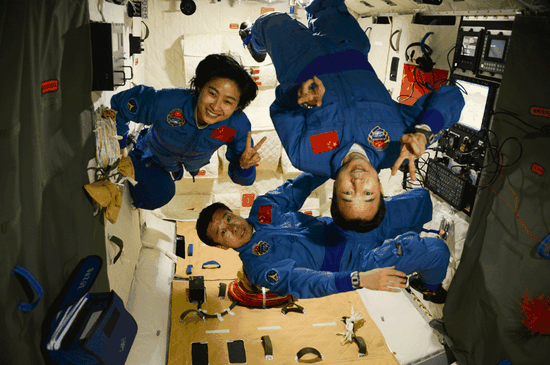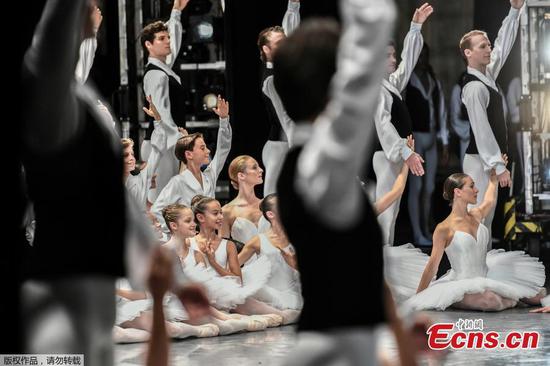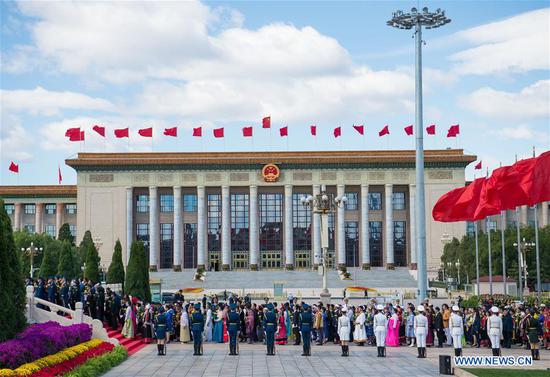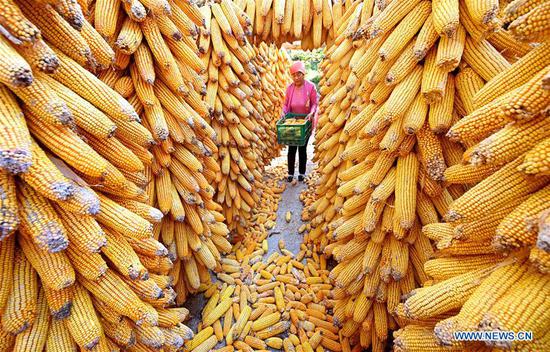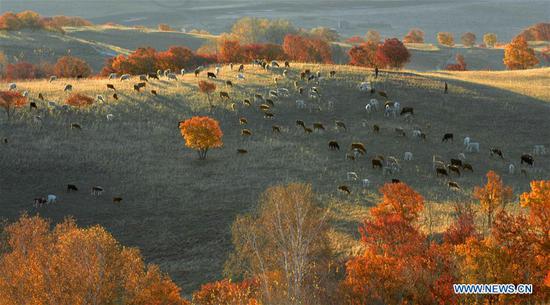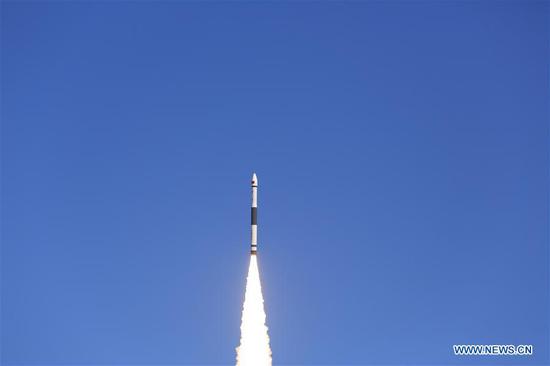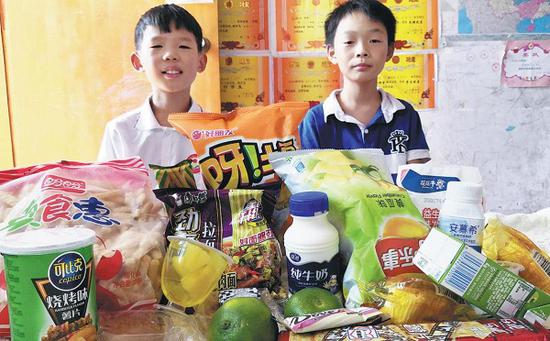
Yuan Jinghao and Zhu Xinyu, two cousins born in 2008 and 2009, proudly pose together with their snacks. However, the daily amount of snacks they are allowed to take is limited. (Provided to China Daily)
Increasing affluence of people has seen nation's diet change radically, with implications for long-term health
"Snacks? I don't think we had the concept in my childhood," recalls Gao Cuiling, now 54 years old, and reminiscing about being a girl back in the 1960s.
That may well be, but nowadays she's busy taking care of her one-year-old granddaughter and fretting about how to prevent the baby from gobbling snacks that might taste good but aren't suitable for her.
Gao's early memories are shared by many of her generation. During the 1960s, China's total grain output had increased, but by today's standards it was meager. And the production record set in the 1960s was still only 210 million tons, equivalent to 280 kilos per person for the whole year. That's enough to fill peoples' bellies, but not enough to support any vibrant national snacks-producing industry.
The snacks made at the time were more like luxuries, too, beyond the reach of ordinary folk. Back in 1959, ABC Mickey Mouse Sweets-which later morphed to become the famous White Rabbit Creamy Candy and whose history can be traced back to Shanghai in the 1940s-accounted for so high percent of the monthly salary of an average worker during that period that it was considered luxurious.
Things fared a little better in the late 1970s. "During festivals we got some additional food such as sweet rice dumplings for the Lantern Festival, or rice cakes for the Dragon Boat Festival," Gao said.
"They're probably the earliest snacks in my memory, if you insist on calling them that," she adds.
It was after the Reform and Opening-up in 1978 that China's economy really took off, which in turn caused a food boom. In the 1980s, China's food production kept growing and finally reached 400 million tons in 1989, double the record set in the 1960s.
That also marked the start of the massive consumption of snacks in the country.
The 1980s: Time for a snack
According to the theory of human needs propounded by eminent US psychologist Abraham Maslow in the 1940s-a list of 'must haves' depicted in a pyramid with the most basic needs like safety at the bottom, ranging to self-actualization at the top-food is a dominant, core imperative. A look at history also shows that when a nation steps out of poverty, the first thing people do is to move their palates and stomachs onto the finer stuff.
Back in the 1980s, Chinese people, who were just getting a taste for the good life, were very creative in sniffing out the snacks they liked, which in turn created enormous business opportunities.
The above-mentioned ABC Mickey Mouse Sweets, which had already changed its name to White Rabbit Creamy Candy, seized the opportunity and forged its prime place in the pantheon of the national snacks industry.
A previous luxury, it repositioned itself successfully, leaving consumers nationwide with the idea "You can now enjoy luxury, too", winning it the warm affection with consumers it enjoys to this day.
In the hall of fame for drinks, the most successful brand has to be Jianlibao. At the 1984 Los Angeles Olympic Games China's women volleyball team scored gold, overnight inspiring and fueling both sports mania and national pride.
Jianlibao capitalized on that, popularizing the concept of "sport drinks" with China's consumers, with such success that at one point it had an extraordinary market share as high as 70 percent of the country's soda drinks sector.
For some born in the 1980s, Jianlibao was pretty much the only soft drink they would think of drinking during the summer.
There are a raft of other examples from the period. Fudges in orange, apple, pineapple and other flavors gained popularity, too, while canned fruits, mostly brewed in sweet drinkable water, became the preferred gift for those visiting patients in hospitals.
Nowadays nostalgic Chinese, whose childhood was in the 1980s, are very fond of recapturing the sweet moments of the time. Just do an online search on "snacks in the 1980s" and you get 930,000 results on search engine baidu.com. On micro blog Weibo Sina-China's equivalent to Twitter-there is the longstanding topic #Snacks in the 1980s#, which has recorded more than 100 million hits.










